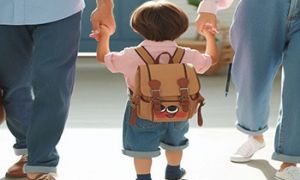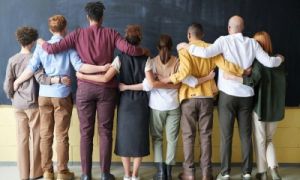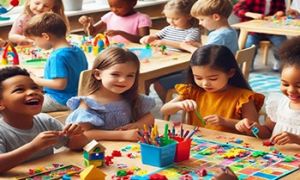National Water Week is a fantastic opportunity to teach young children about the importance of water and how to use it wisely. Here are some ideas and resources to help you plan engaging activities for early childhood education:
Activity Ideas
- Water Cycle Exploration: Use visual aids and simple experiments to explain the water cycle. For example, you can create a mini water cycle in a bag using a ziplock bag, water, and a marker to show evaporation, condensation, and precipitation.
- Water Play: Set up water play stations with different activities like pouring, measuring, and floating objects. This helps children understand concepts like volume and buoyancy while having fun.
- Story Time: Read books about water and its importance. Stories like “When Water Lost Her Way” can be very engaging and educational.
- Art Projects: Have children create water-themed art, such as painting with watercolors or making collages of different water sources and uses.
- Songs and Rhymes: Teach children water-related songs and rhymes to make learning about water fun and memorable.
Activities That Highlight Importance Of Water
Here are some engaging preschool activities that highlight the importance of water:
1. Water Transfer Activity
-
Materials: Various containers, sponges, scoops, and a large bin of water.
-
Activity: Children transfer water from one container to another using sponges or scoops. This helps develop hand-eye coordination and fine motor skills1.
2. Color Mixing Water Play
-
Materials: Food coloring, water, pipettes, and small containers.
-
Activity: Children use pipettes to mix different colored water, observing how new colors are created. This activity enhances fine motor skills and introduces basic color theory1.
3. Sink or Float Experiment
-
Materials: Various objects (e.g., leaves, stones, plastic toys), a large container of water.
-
Activity: Children predict whether objects will sink or float and then test their hypotheses. This introduces basic scientific concepts and encourages critical thinking2.
4. Water Wall
-
Materials: Recycled bottles, funnels, tubes, and a water source.
-
Activity: Create a water wall where children can pour water through different pathways. This activity promotes problem-solving and understanding of cause and effect2.
5. Water Xylophone
-
Materials: Glass jars, water, and a spoon.
-
Activity: Fill jars with different amounts of water and let children tap them with a spoon to hear the different sounds. This activity combines music and science, teaching about sound and vibration2.
6. Floating Chalk Prints
-
Materials: Colored chalk, water, and paper.
-
Activity: Shave colored chalk into a pan of water and place a piece of paper on top to create prints. This activity is a fun way to explore art and water properties2.
7. Water Cycle in a Bag
-
Materials: Ziplock bags, water, blue food coloring, and a marker.
-
Activity: Draw the water cycle on a ziplock bag, fill it with a little water and blue food coloring, and tape it to a sunny window. Children can observe evaporation and condensation, learning about the water cycle1.
8. Muddy Car Wash
-
Materials: Toy cars, mud, water, and sponges.
-
Activity: Let children wash muddy toy cars, teaching them about cleanliness and the properties of water while having fun1.
These activities not only teach children about the importance of water but also incorporate elements of science, art, and motor skill development. Enjoy exploring these with your preschoolers! ?
Tips for Teaching Water Conservation
-
Model Behavior: Show children how to save water by turning off taps when not in use and using water-saving devices.
-
Interactive Discussions: Talk about the importance of water and ways to conserve it in everyday life, such as taking shorter showers and using a broom instead of a hose to clean driveways2.
-
Hands-On Activities: Engage children in activities that demonstrate water conservation, like measuring how much water is used when washing hands and finding ways to reduce it2.
By incorporating these activities and resources, you can make National Water Week an exciting and educational experience for young children, helping them develop a lifelong appreciation for this vital resource.
Learning Goals
Here are some learning goals for National Water Week that can be integrated into your early childhood curriculum:
-
Understanding the Water Cycle:
- Objective: Children will understand the basic stages of the water cycle (evaporation, condensation, precipitation).
- Activity: Conduct a water cycle experiment using simple materials to demonstrate these processes.
-
Awareness of Water Conservation:
- Objective: Children will learn the importance of conserving water and ways to save water in their daily lives.
- Activity: Create water conservation posters and discuss practical ways to save water at home and school.
-
Recognizing the Importance of Clean Water:
- Objective: Children will understand why clean water is essential for health and the environment.
- Activity: Read stories and watch videos about the importance of clean water and discuss how it affects people and nature.
-
Exploring Local Water Sources:
- Objective: Children will learn about local water sources and their significance.
- Activity: Take a virtual tour of local water bodies or invite a guest speaker to talk about local water sources and their conservation.
-
Engaging in Water-Related Art and Craft:
- Objective: Children will express their understanding of water through creative activities.
- Activity: Make crafts such as water-themed collages, models of the water cycle, or drawings of local water bodies.
-
Participating in Water-Themed Games and Activities:
- Objective: Children will engage in fun activities that reinforce their learning about water.
- Activity: Organize games like a water relay race or a quiz on water facts to make learning interactive and enjoyable.
Linking To The EYLF
These learning goals can be linked to the Early Years Learning Framework (EYLF) outcomes:
-
Outcome 1: Children have a strong sense of identity:
- Children express their ideas and feelings about water and its importance.
-
Outcome 2: Children are connected with and contribute to their world:
- Children learn about their local environment and the importance of water conservation.
-
Outcome 3: Children have a strong sense of wellbeing:
- Children understand the role of clean water in maintaining health and wellbeing.
-
Outcome 4: Children are confident and involved learners:
- Children engage in experiments and creative activities to explore water concepts.
-
Outcome 5: Children are effective communicators:
- Children discuss their learning and share their ideas about water conservation and the water cycle.
By setting these learning goals, you can create a comprehensive and engaging program for National Water Week that not only educates children about the importance of water but also aligns with the EYLF outcomes.
By participating in National Water Week, you can help foster a sense of responsibility and awareness in young children about the importance of water conservation.
For more information, please read the following: National Water Week


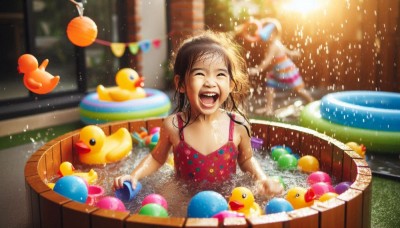

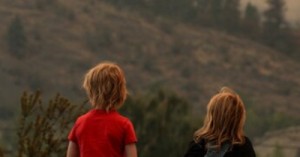
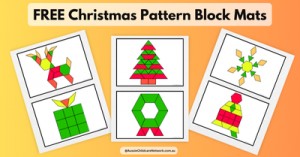

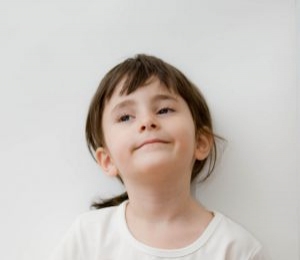 Open ended questions cannot be responded to with one word answers such as yes or no. These types of questions enables a child to provide
Open ended questions cannot be responded to with one word answers such as yes or no. These types of questions enables a child to provide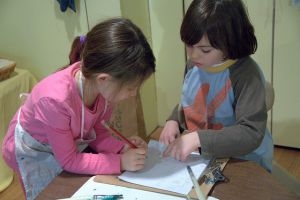 During your child’s preschool years, an important milestone begins to emerge. This is the development of pre-writing skills. Pre-writing skills are used to encourage, develop
During your child’s preschool years, an important milestone begins to emerge. This is the development of pre-writing skills. Pre-writing skills are used to encourage, develop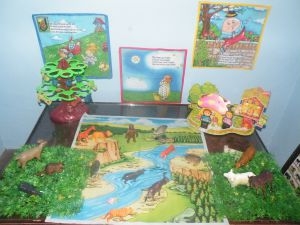 Open ended materials enables children to play freely. They are objects that have no rules to follow, use or function. Raw materials that can be
Open ended materials enables children to play freely. They are objects that have no rules to follow, use or function. Raw materials that can be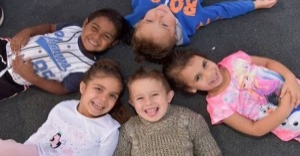 An Acknowledgment of the Country is a way of showing respect for the Traditional Owners and can be given by both non-Indigenous people and Aboriginal
An Acknowledgment of the Country is a way of showing respect for the Traditional Owners and can be given by both non-Indigenous people and Aboriginal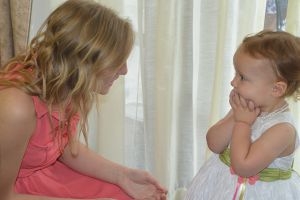 Language plays an important role in a child’s development. It enables a child to communicate effectively with their family, learn at school, socialize with friends,
Language plays an important role in a child’s development. It enables a child to communicate effectively with their family, learn at school, socialize with friends,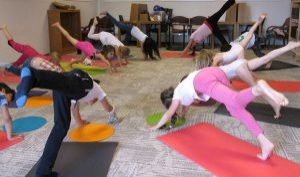 Like adults, children have to deal with their own stress in life. Moving house, starting a new school, preparing for a new sibling - these are
Like adults, children have to deal with their own stress in life. Moving house, starting a new school, preparing for a new sibling - these are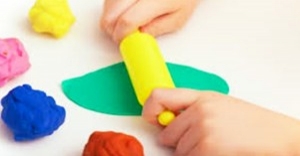 Playdough is such a versatile material. It provides numerous benefits to children as they manipulate it, it is safe and soothing and provides children with
Playdough is such a versatile material. It provides numerous benefits to children as they manipulate it, it is safe and soothing and provides children with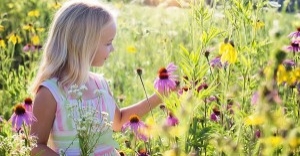 Teaching children about sustainability enables them to appreciate and respect the natural environment. Early childhood services can provide meaningful hand on learning experiences in order
Teaching children about sustainability enables them to appreciate and respect the natural environment. Early childhood services can provide meaningful hand on learning experiences in order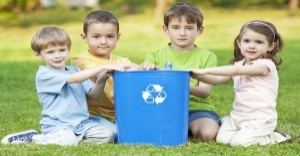 Recycling is an important concept that teaches children to care for the environment. It encourages children to be responsible and show a growing appreciating for
Recycling is an important concept that teaches children to care for the environment. It encourages children to be responsible and show a growing appreciating for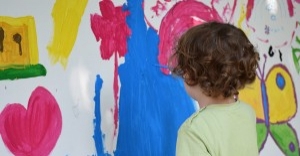 When children apply paint to paper, glue things together, or pound a lump of clay, they experiment with colour, shape design and texture.
When children apply paint to paper, glue things together, or pound a lump of clay, they experiment with colour, shape design and texture.
